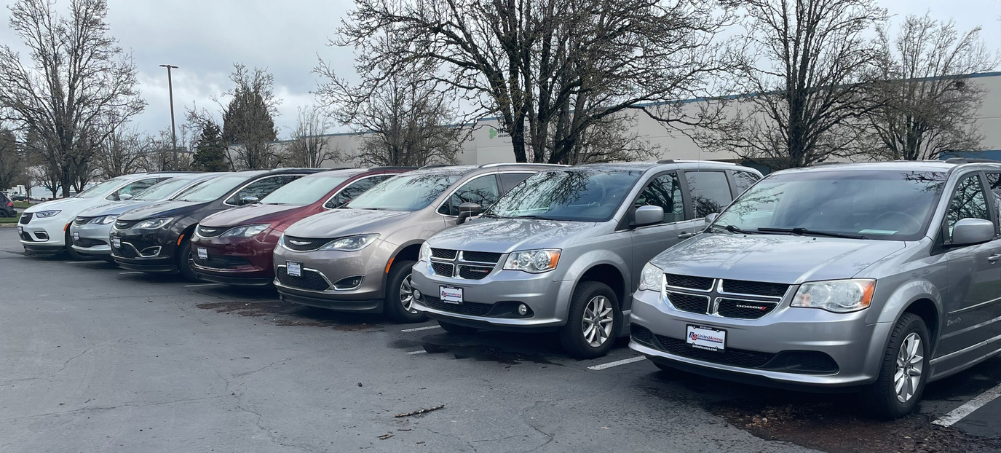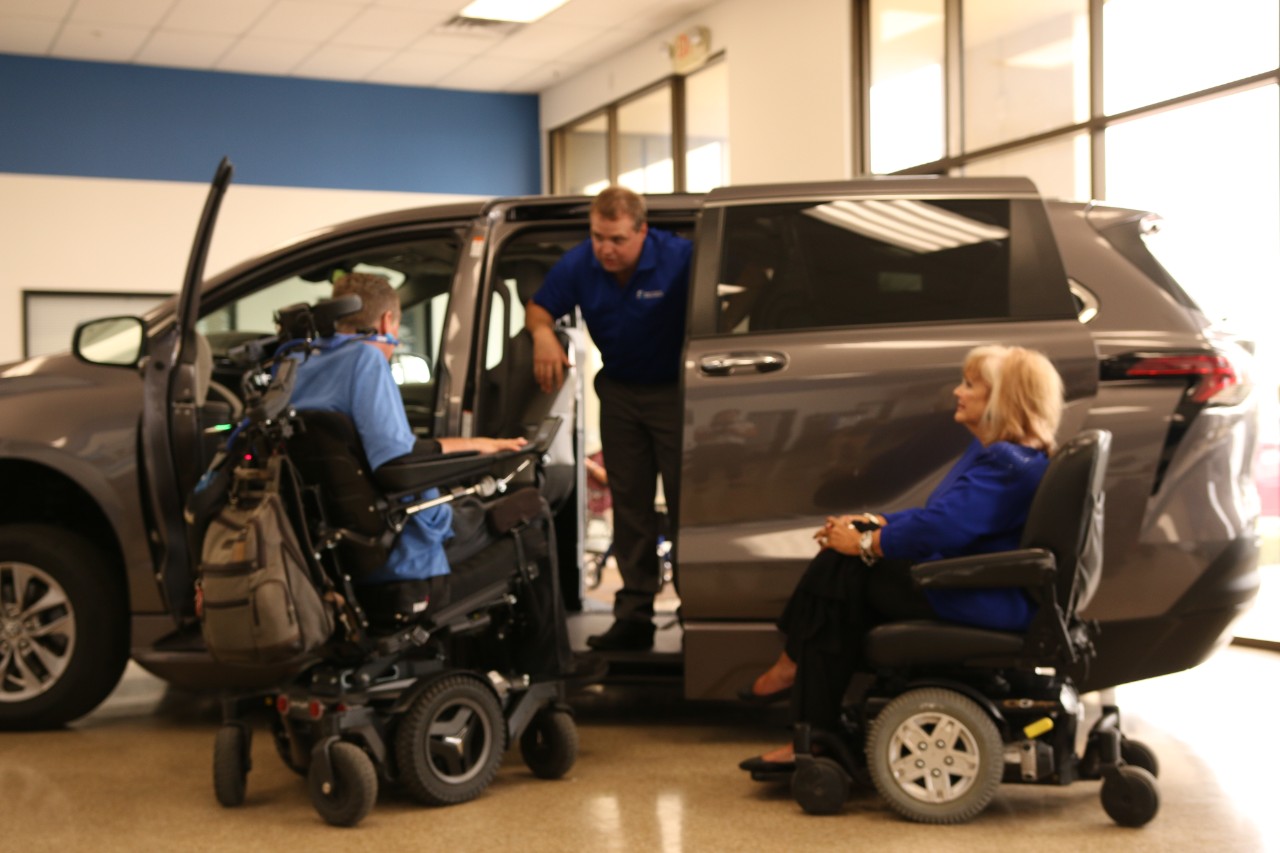
Wheelchair Vans 101: Choosing the Right Vehicle for Your Needs
Choosing the right wheelchair accessible vehicle (WAV) involves evaluating your mobility needs, daily lifestyle, and the accessibility features that make travel easier, safer, and more comfortable. With multiple vehicle types, ramp styles, and seating configurations available, finding the right fit may seem overwhelming—but with the right guidance, it becomes a smooth and empowering process.
Finding the right wheelchair van begins with understanding your personal needs and preferences. Whether you’re buying for yourself or a loved one, this guide will walk you through the essentials.
Understanding Your Vehicle Options
There are different types of wheelchair vans to consider depending on accessibility needs and lifestyle.
When beginning your journey, it’s important to identify the right type of wheelchair accessible vehicle for your unique circumstances. Not all vans are built the same, and choosing the wrong type can lead to frustration down the line. Let’s start by reviewing the main options.
Key vehicle types to consider:
- Side-entry vans: Ideal for individuals who drive from a wheelchair or want to sit in the front passenger seat. These offer more interior space but require wide parking spaces.
- Rear-entry vans: Easier for quick loading in tight parking areas. Great for caregivers assisting users from behind.
- Full-size vans vs. minivans: Full-size vans accommodate larger power chairs and more passengers, while minivans are easier to maneuver and park.
Ramp options to think about:
- Manual ramps: Cost-effective and simple, best for those with a caregiver to assist.
- Automatic ramps: Provide independence with push-button convenience.
- In-floor vs. fold-out ramps: In-floor ramps are stored under the floor, providing cleaner aesthetics and more space when not in use.
Other personalization features:
- Removable seats: Let the user transfer to the driver or passenger seat.
- Transfer seats: Help facilitate movement from a wheelchair to the vehicle seat.
- Tie-downs and docking systems: Secure the wheelchair in place during travel.
Comparing Features and Accessibility Needs
Comparing features helps you determine which WAV meets your day-to-day needs and comfort expectations.
Each type of wheelchair van comes with specific advantages and trade-offs. Here’s a simplified comparison table to help clarify what each model and ramp option typically offers in terms of function and convenience.
Feature | Side-Entry Minivan | Rear-Entry Minivan | Full-Size Van |
Parking Space Required | Wide (van-accessible) | Standard | Larger area needed |
Best For | Driver/passenger transfer | Quick caregiver access | Group transport |
Ramp Style Options | Manual/Auto, In-floor/Fold-out | Manual/Auto, Fold-out | Mostly Manual |
| Interior Headroom | Moderate | Moderate | High |
Seating Flexibility | High (removable/transfer seats) | Moderate | Customizable |
Cost Range | Moderate to High | Lower to Moderate | High |
Choosing a vehicle isn’t just about specs—it’s about your lifestyle. Do you travel often? Do you need to park in city environments? Do you drive yourself or ride with others? These questions help steer your choice and give peace of mind that your WAV will grow with your needs.
Contact us today to speak with a mobility consultant who will walk you through your options and help you find the right wheelchair accessible vehicle for your lifestyle.


